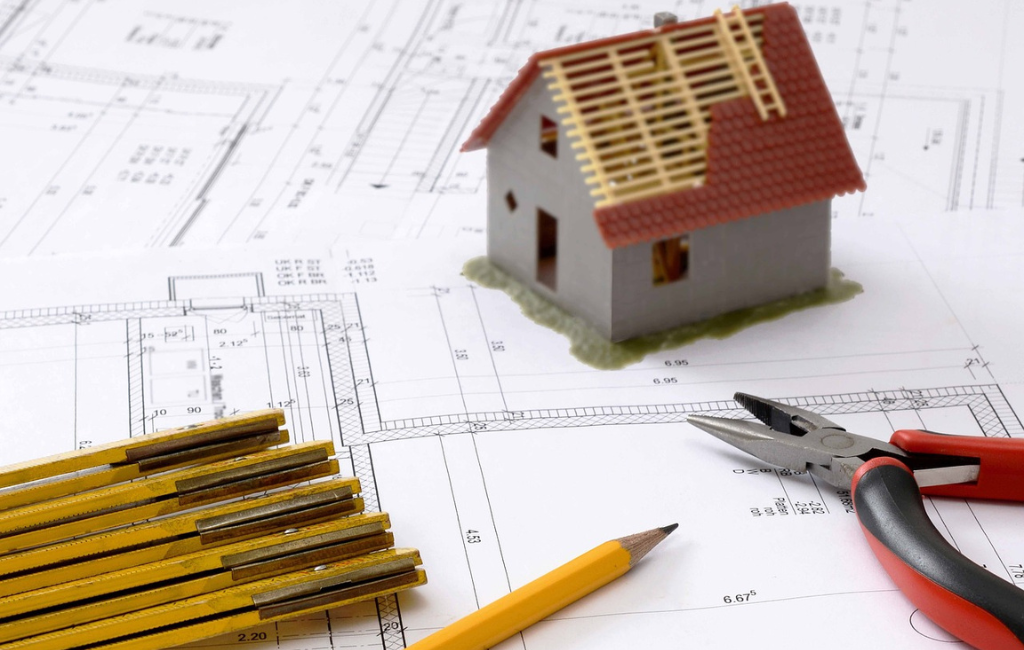Innovative Architect Solutions Explained
In the ever-evolving field of architecture, innovation plays a pivotal role in shaping the future of our built environment. As cities grow and technology advances, architects are challenged to create solutions that are not only aesthetically pleasing but also sustainable and functional. This article explores some of the most groundbreaking architectural solutions that are redefining the way we think about design and construction.
Embracing Sustainability in Design
Sustainability has become a cornerstone of modern architecture. With the increasing awareness of environmental issues, architects are integrating eco-friendly practices into their designs. This approach not only reduces the carbon footprint of buildings but also enhances their efficiency and longevity.
Green Roofs and Vertical Gardens
Green roofs and vertical gardens are innovative solutions that bring nature into urban settings. These features help in reducing heat, improving air quality, and providing insulation. Cities like Singapore have embraced this concept, transforming their skyline with lush greenery.
- Improves air quality by filtering pollutants.
- Reduces urban heat island effect.
- Enhances biodiversity in urban areas.
Net-Zero Energy Buildings
Net-zero energy buildings are designed to produce as much energy as they consume. This is achieved through a combination of energy-efficient design and renewable energy sources. The Bullitt Center in Seattle is a prime example, utilizing solar panels and rainwater harvesting to meet its energy needs.
- Reduces reliance on non-renewable energy sources.
- Minimizes operational costs over time.
- Promotes sustainable living practices.
Technological Integration in Architecture
The integration of technology in architecture has opened new avenues for innovation. From smart buildings to 3D printing, technology is revolutionizing the way architects design and construct buildings.
Smart Buildings
Smart buildings utilize advanced technology to enhance the comfort and efficiency of their occupants. These buildings are equipped with sensors and automation systems that control lighting, heating, and security. The Edge in Amsterdam is a leading example, known for its intelligent design and energy efficiency.
- Optimizes energy consumption through automation.
- Improves occupant comfort and productivity.
- Enhances security with advanced monitoring systems.
3D Printing in Construction
3D printing is revolutionizing the construction industry by allowing architects to create complex structures with precision and speed. This technology reduces waste and labor costs, making it an attractive option for sustainable construction. The first 3D-printed office building in Dubai showcases the potential of this technology.
- Reduces construction time significantly.
- Minimizes material waste.
- Enables intricate and customized designs.
Adaptive Reuse and Urban Regeneration
Adaptive reuse involves repurposing old buildings for new uses, preserving their historical value while meeting modern needs. This approach is gaining popularity as cities seek to revitalize their urban areas without extensive new construction.
Case Study: The High Line, New York City
The High Line in New York City is a prime example of adaptive reuse. Once an elevated railway, it has been transformed into a public park that attracts millions of visitors annually. This project has spurred economic growth and revitalized the surrounding neighborhoods.
- Preserves historical and cultural heritage.
- Promotes sustainable urban development.
- Encourages community engagement and tourism.
Urban Regeneration Projects
Urban regeneration projects focus on revitalizing neglected areas, turning them into vibrant communities. These projects often involve a mix of residential, commercial, and public spaces, creating a balanced urban environment. The King’s Cross redevelopment in London is a successful example, blending modern architecture with historical elements.
- Improves quality of life for residents.
- Boosts local economy and job creation.
- Enhances urban aesthetics and functionality.
Conclusion
Innovative architectural solutions are transforming the way we design and interact with our built environment. By embracing sustainability, integrating technology, and focusing on adaptive reuse, architects are creating spaces that are not only functional but also environmentally responsible and culturally significant. As these trends continue to evolve, they will undoubtedly shape the future of architecture, offering new possibilities for creating harmonious and sustainable urban landscapes.
